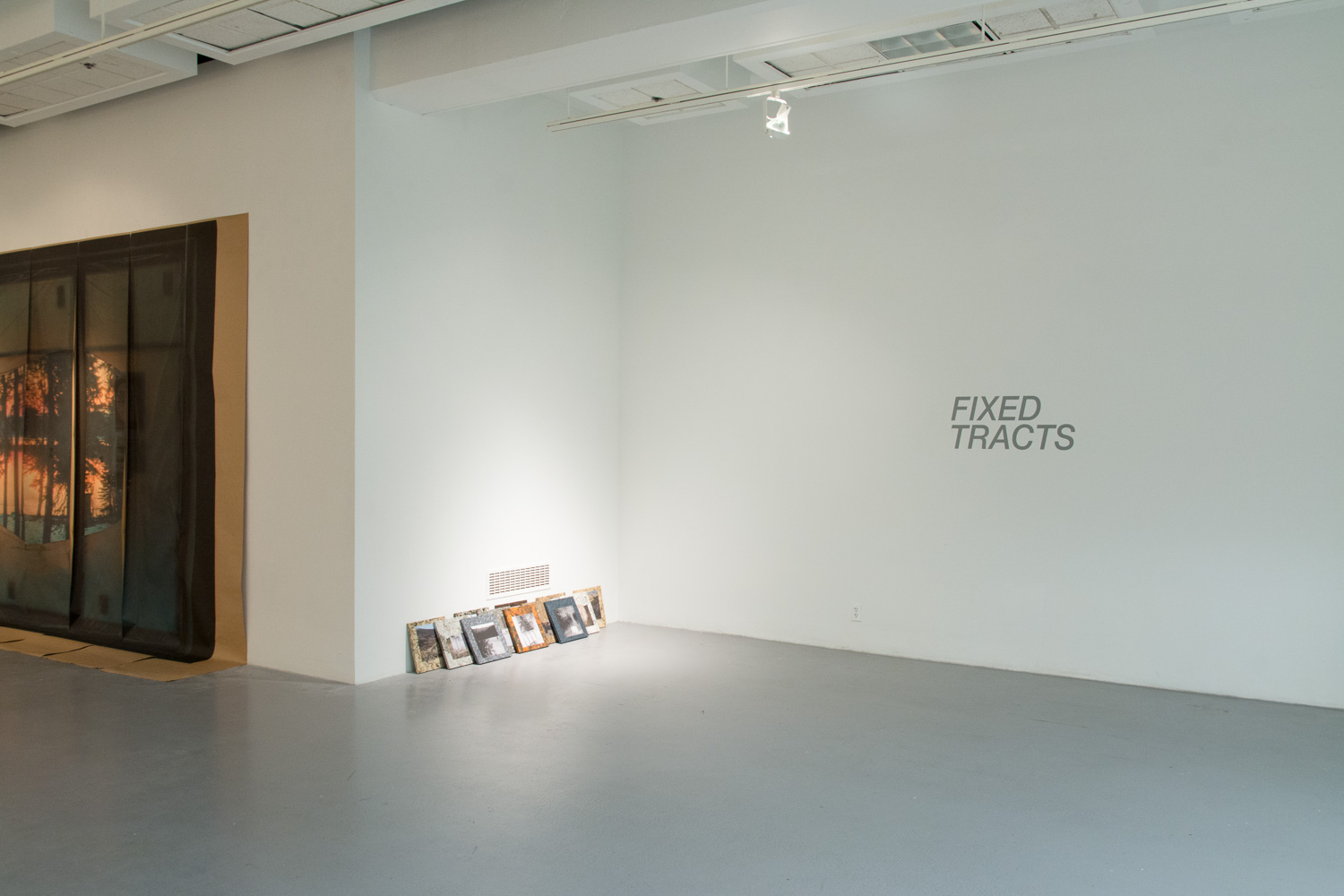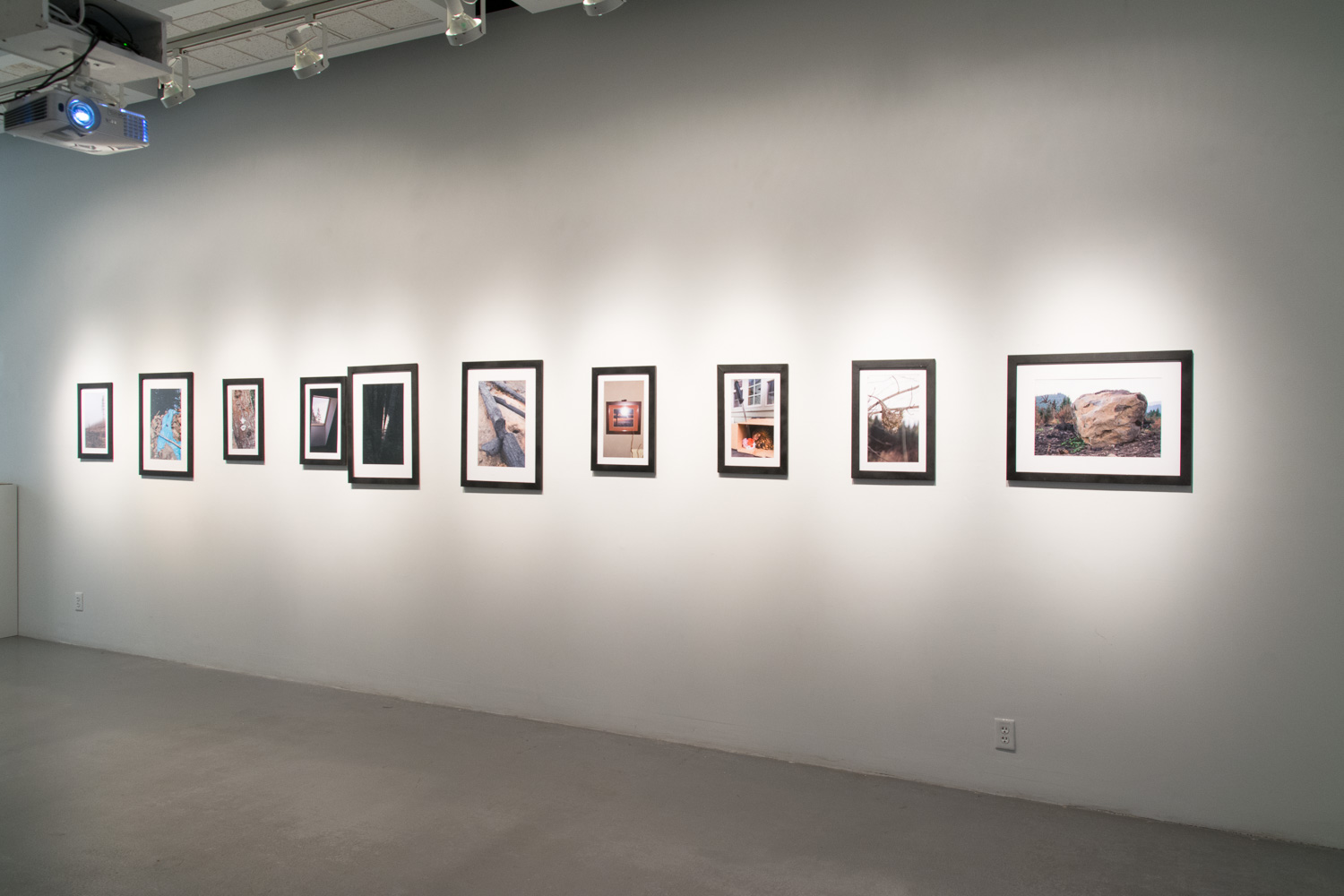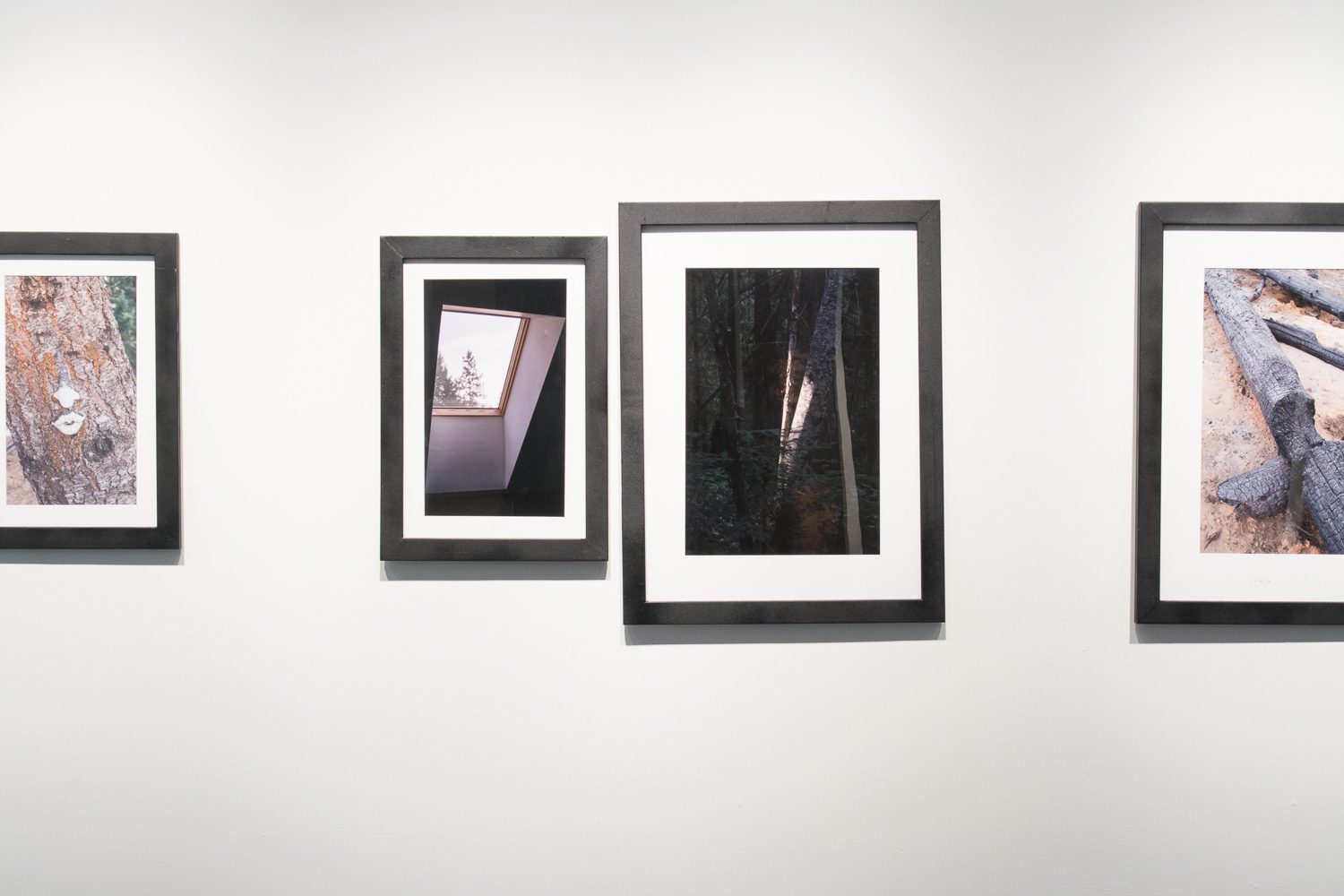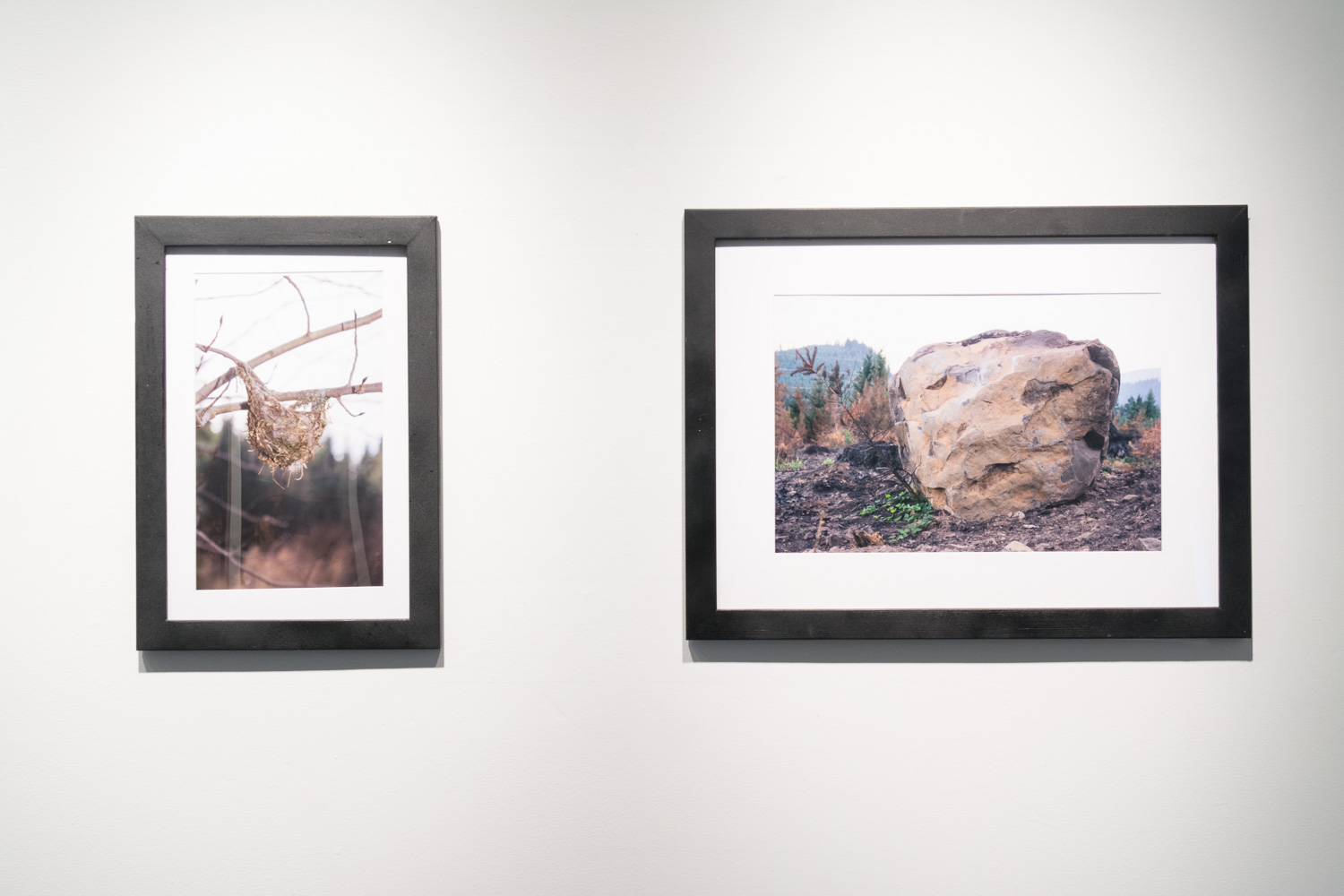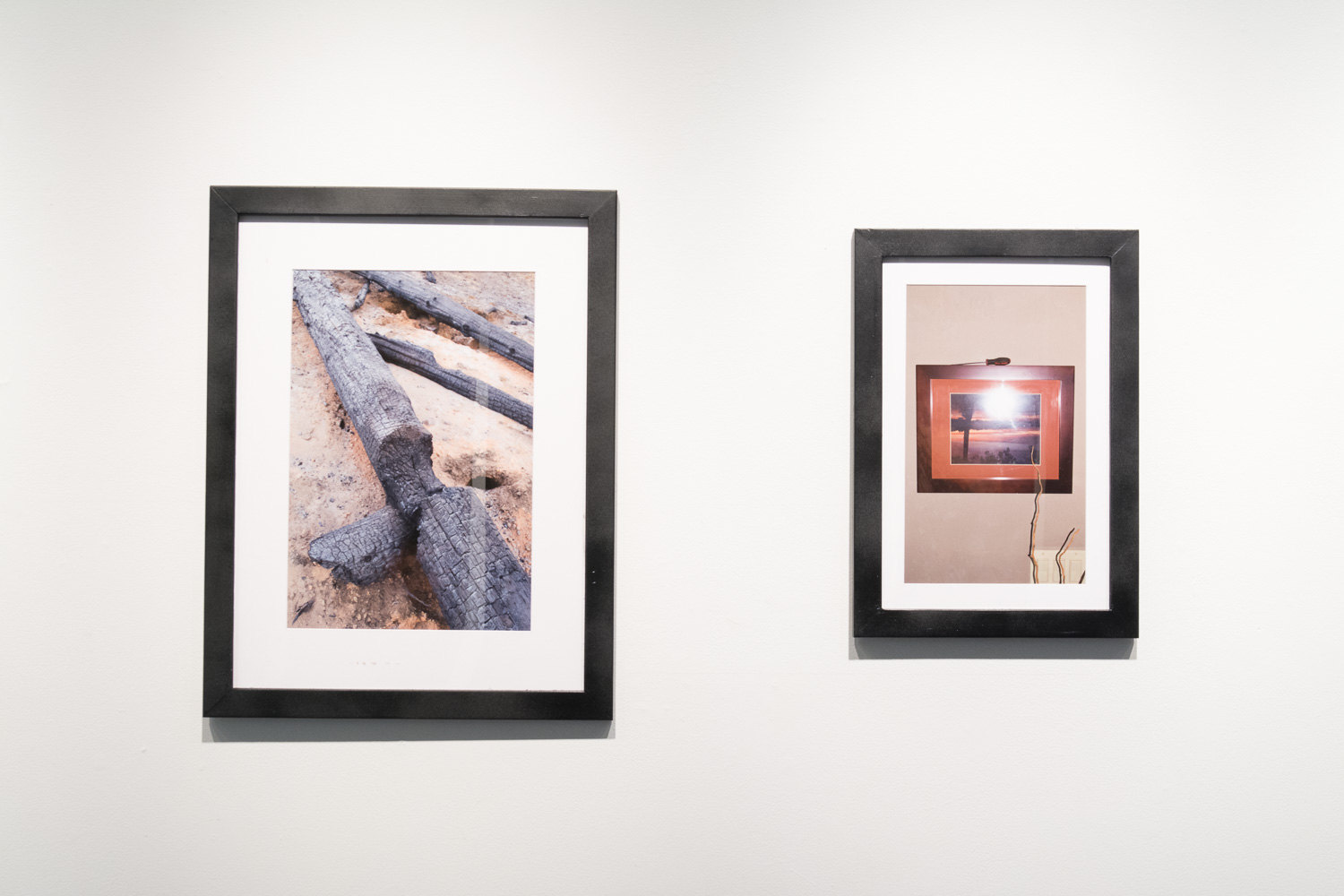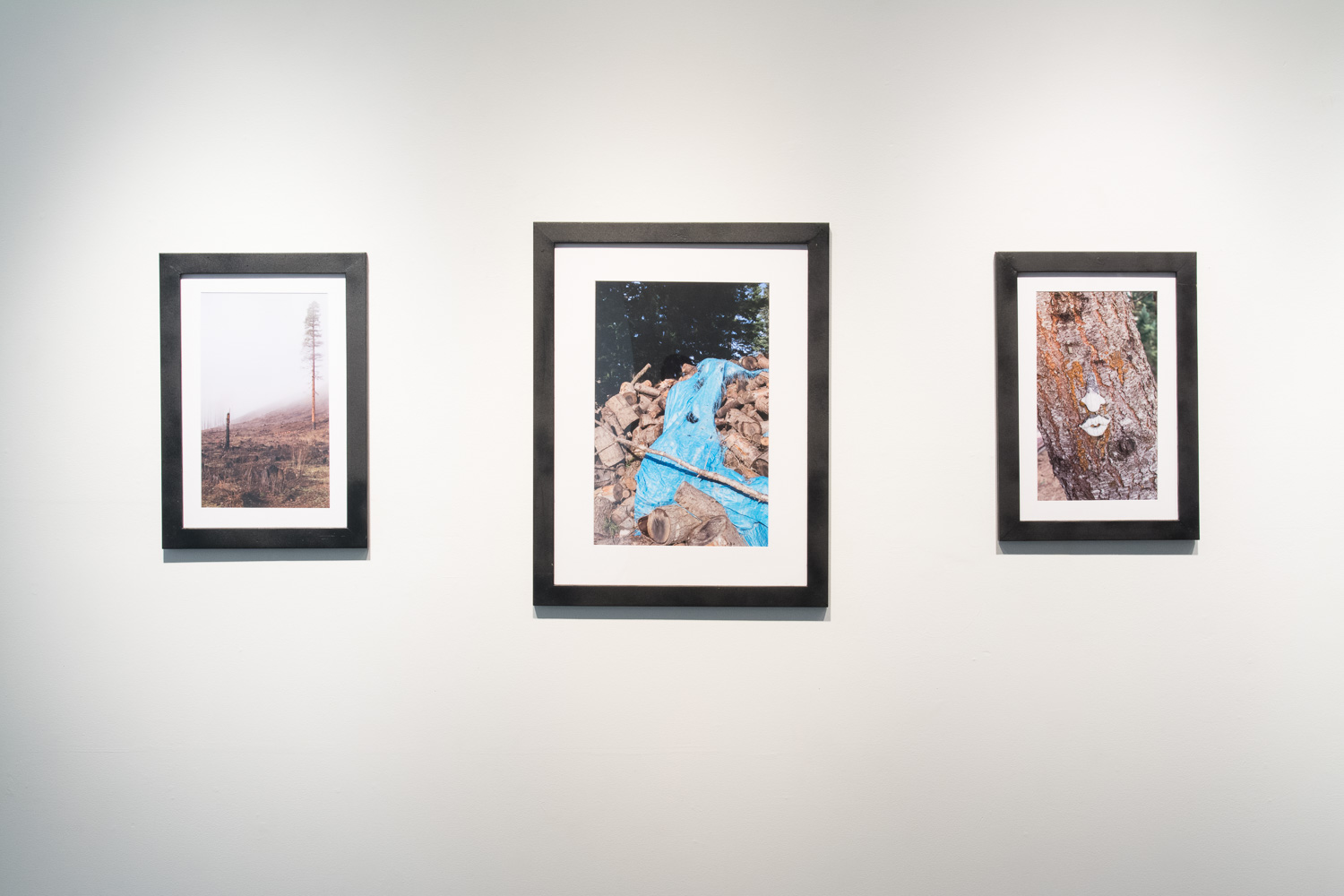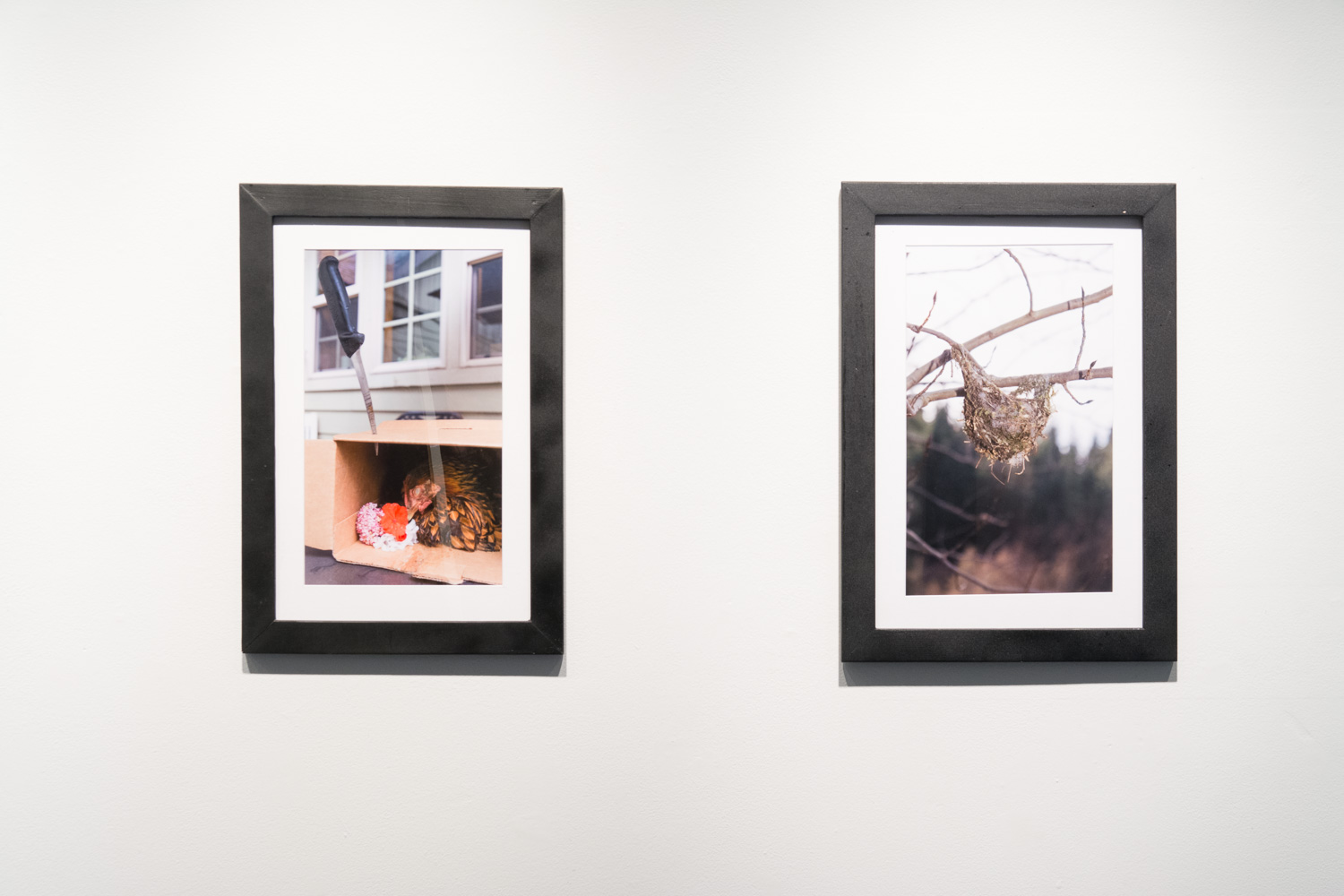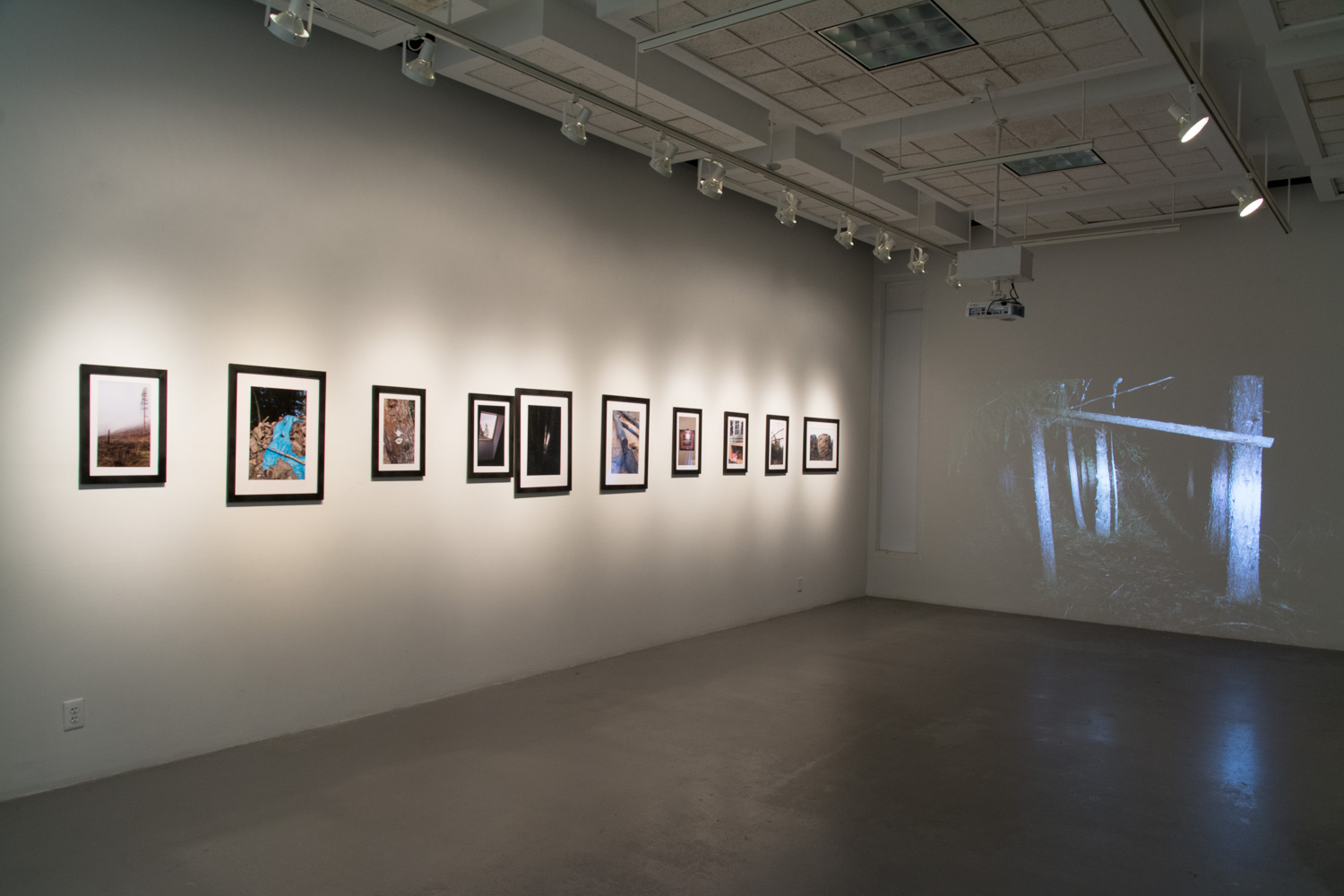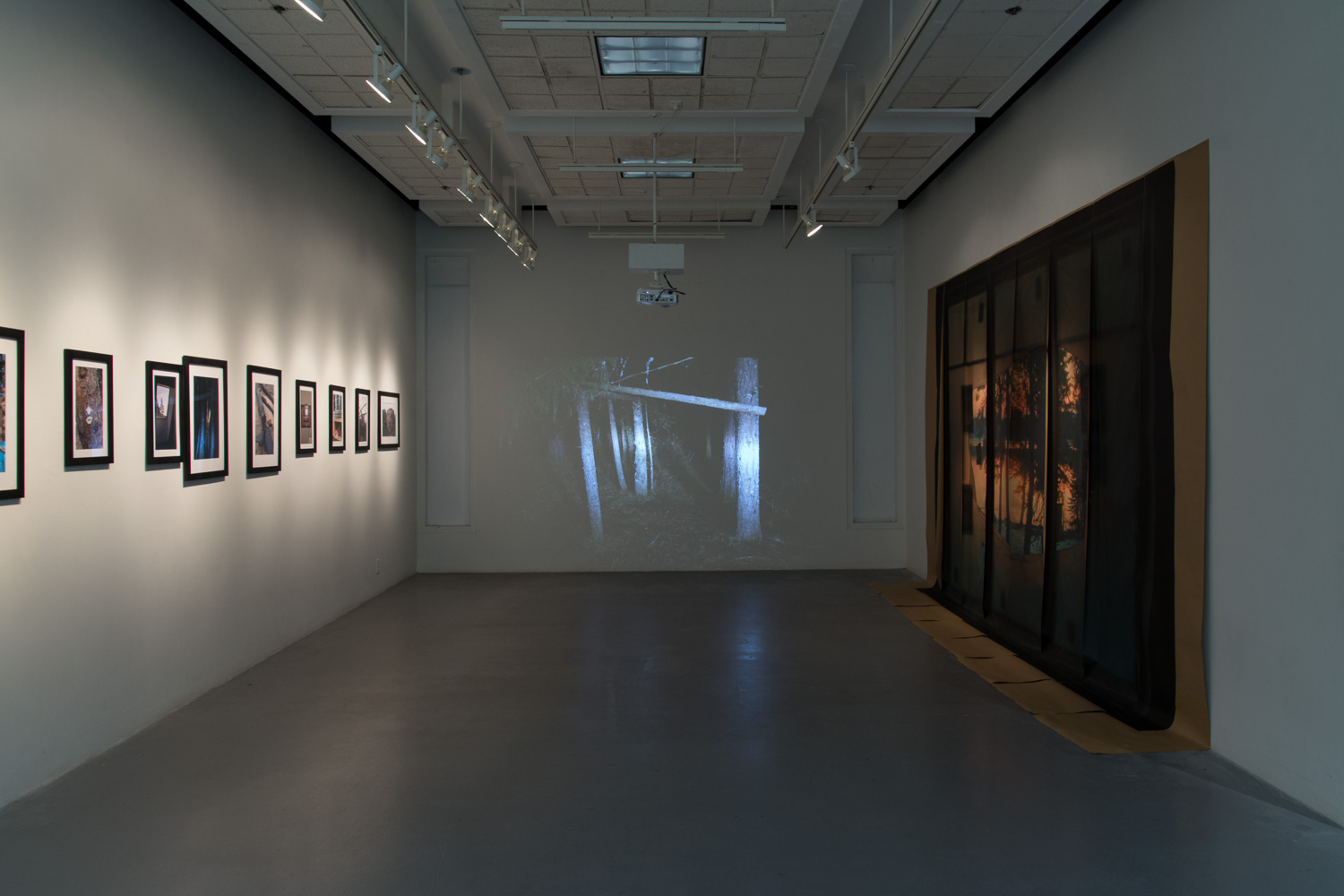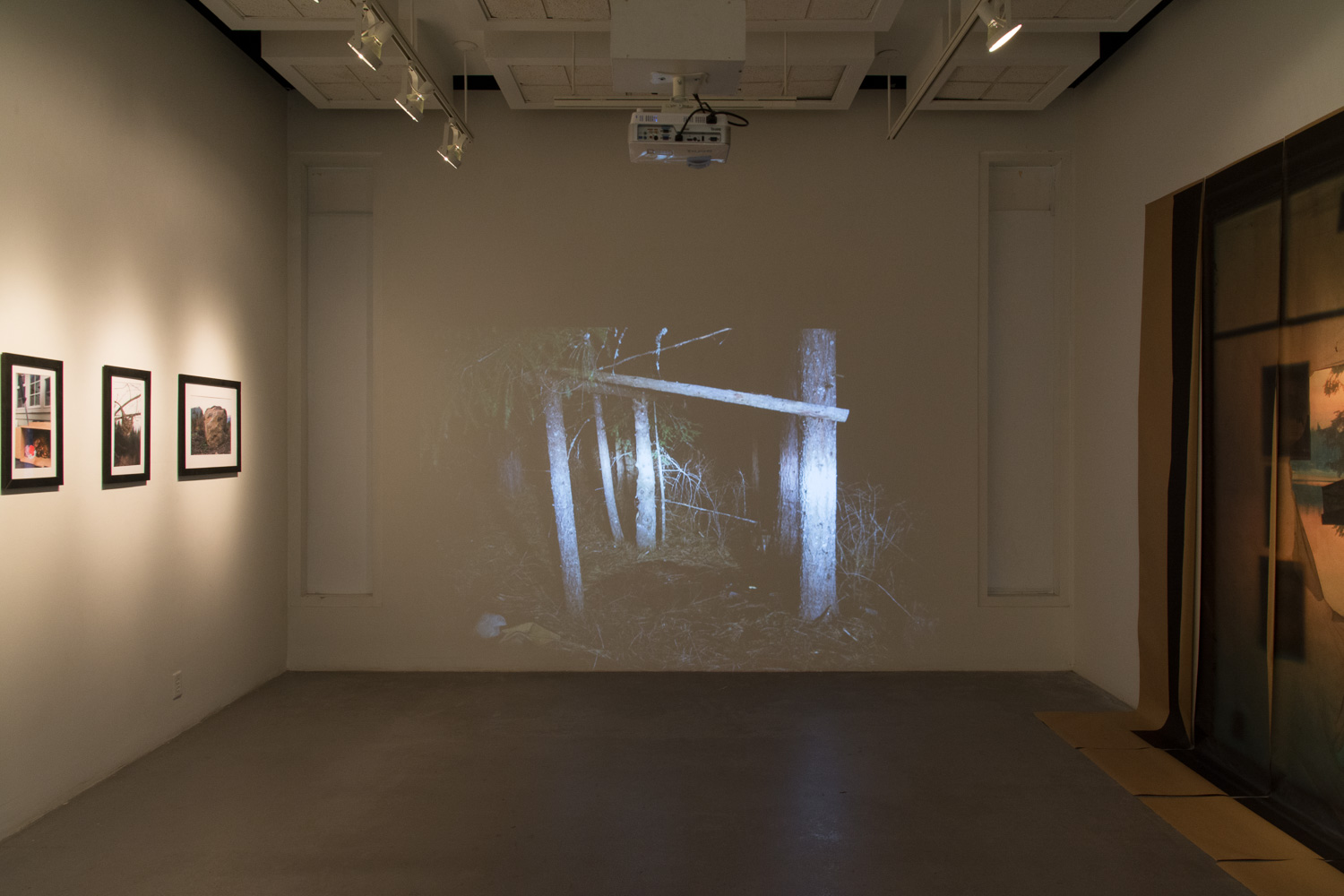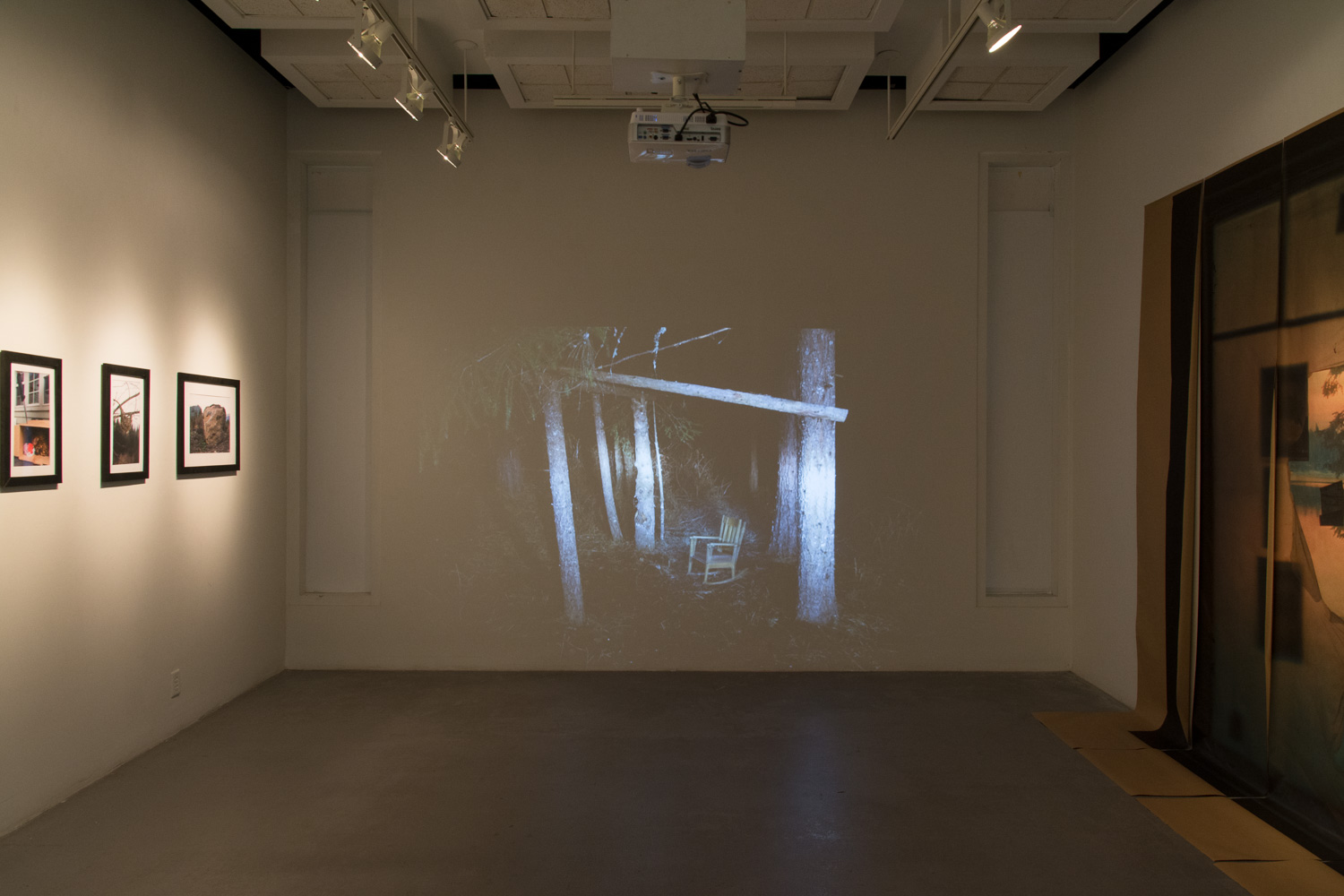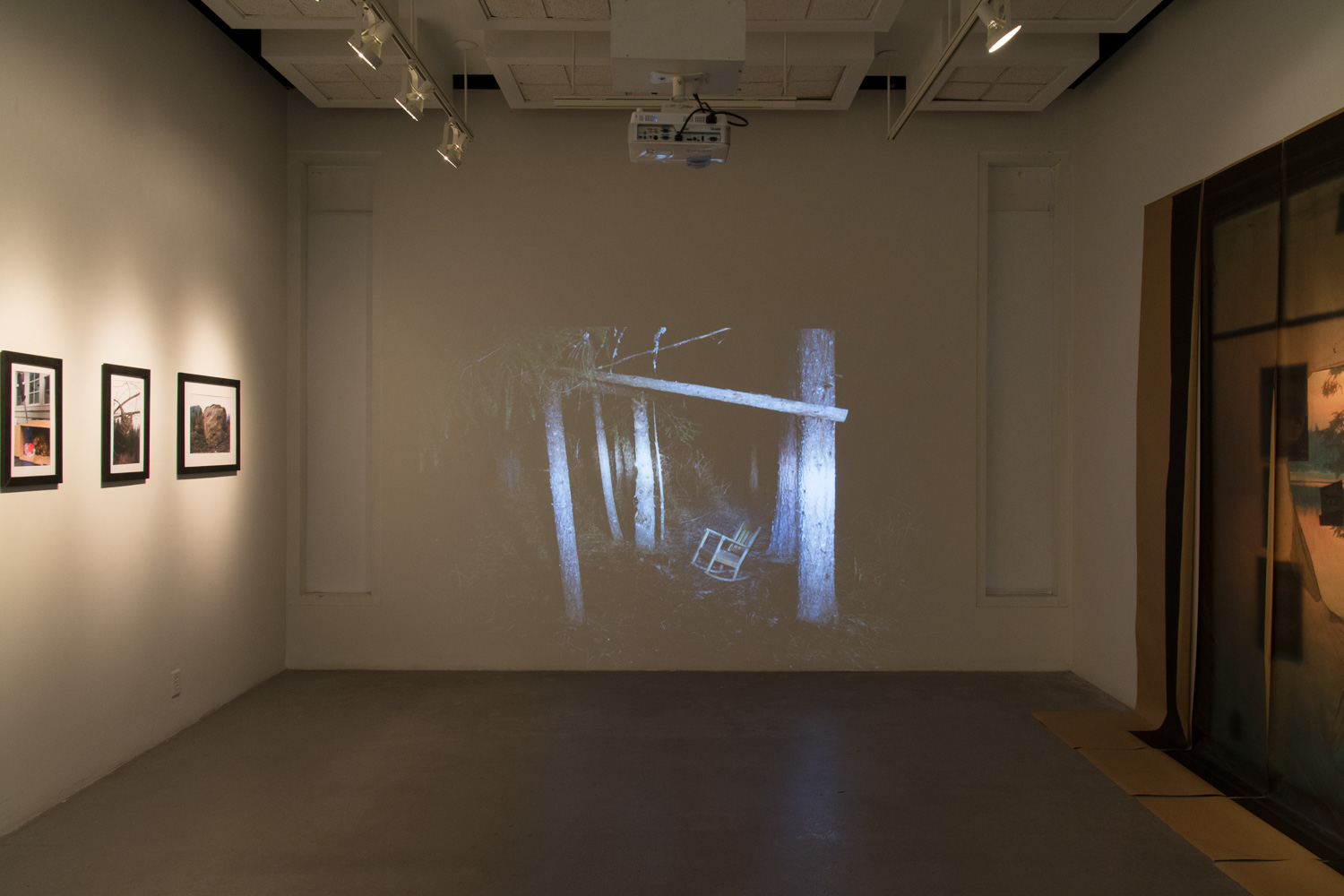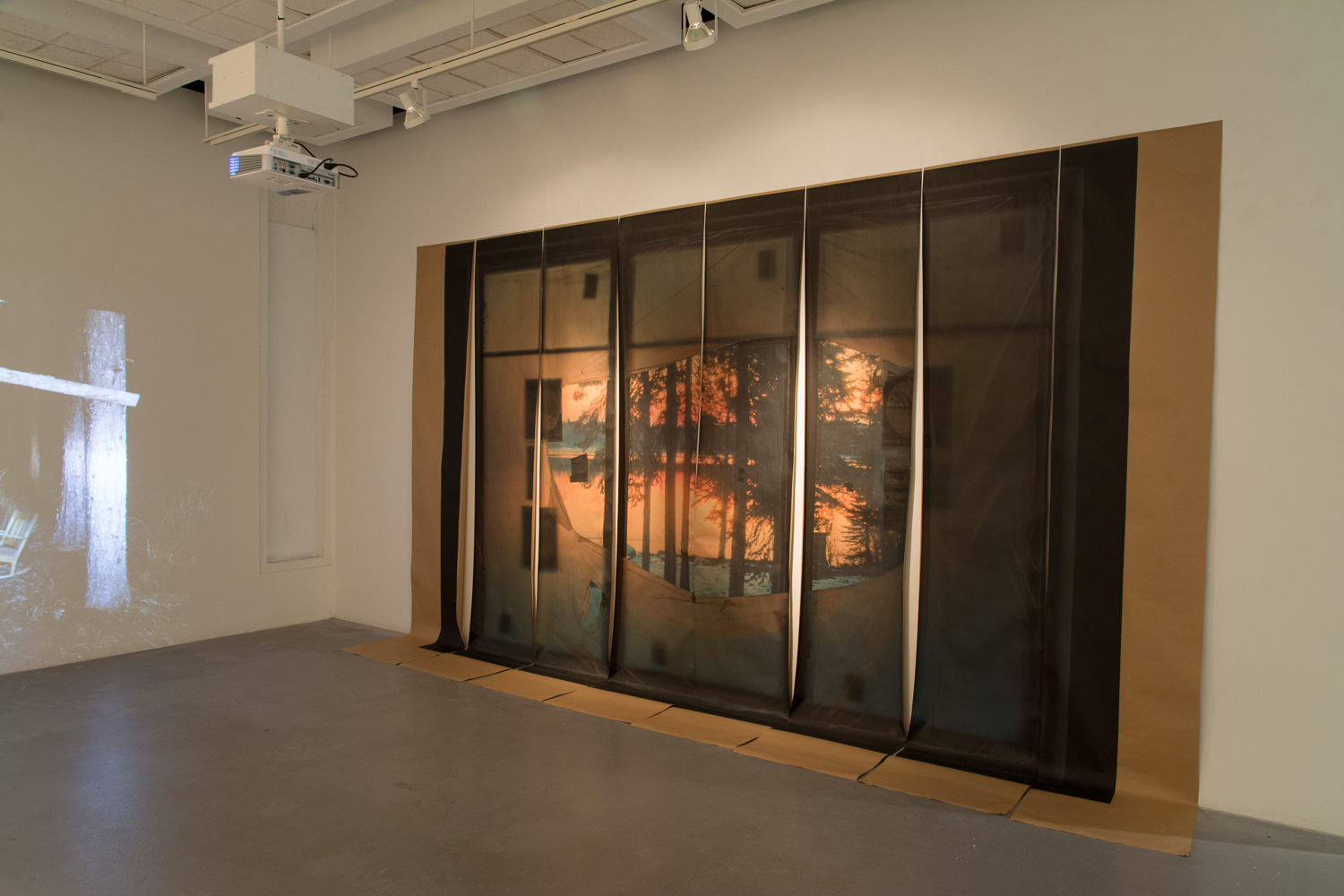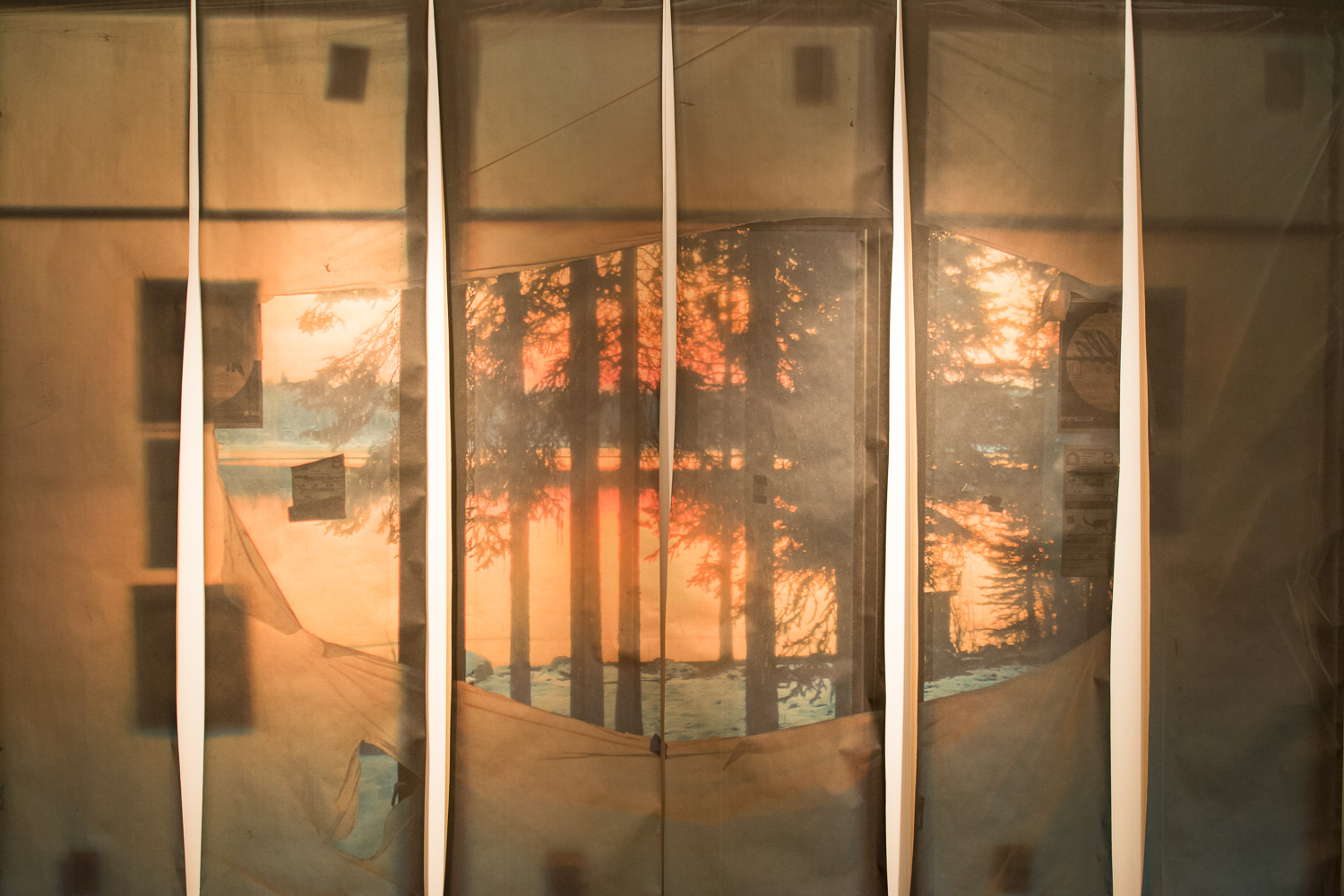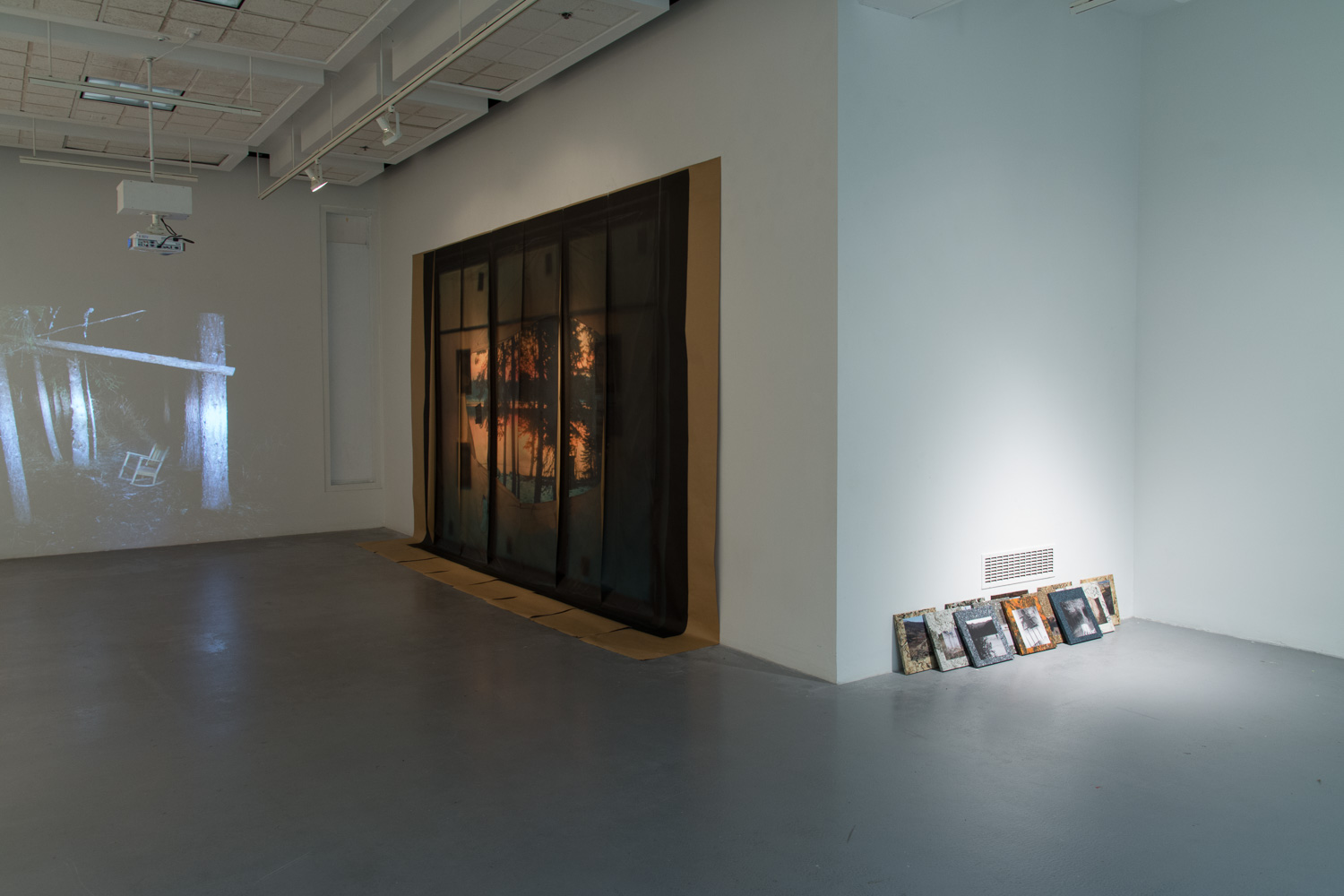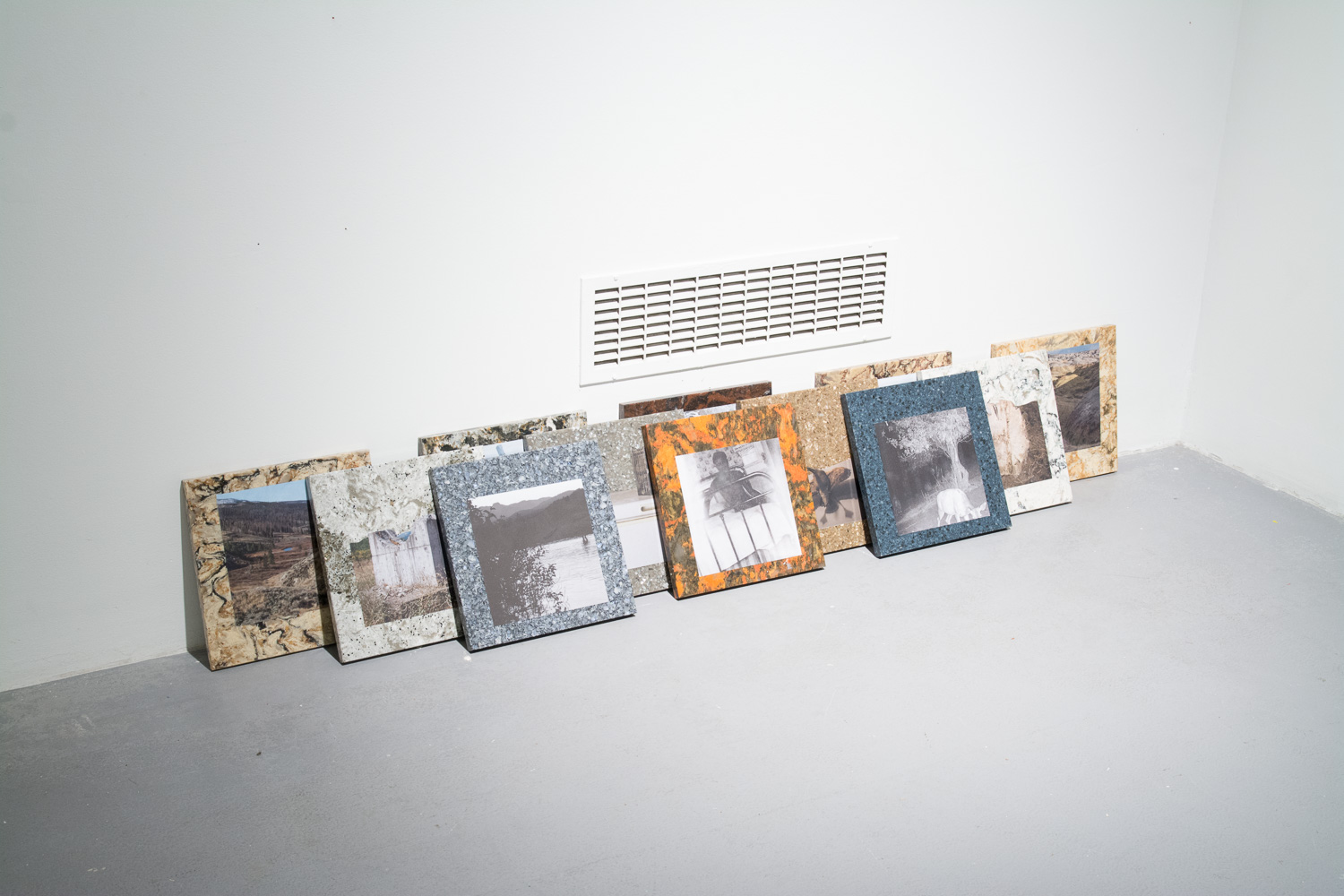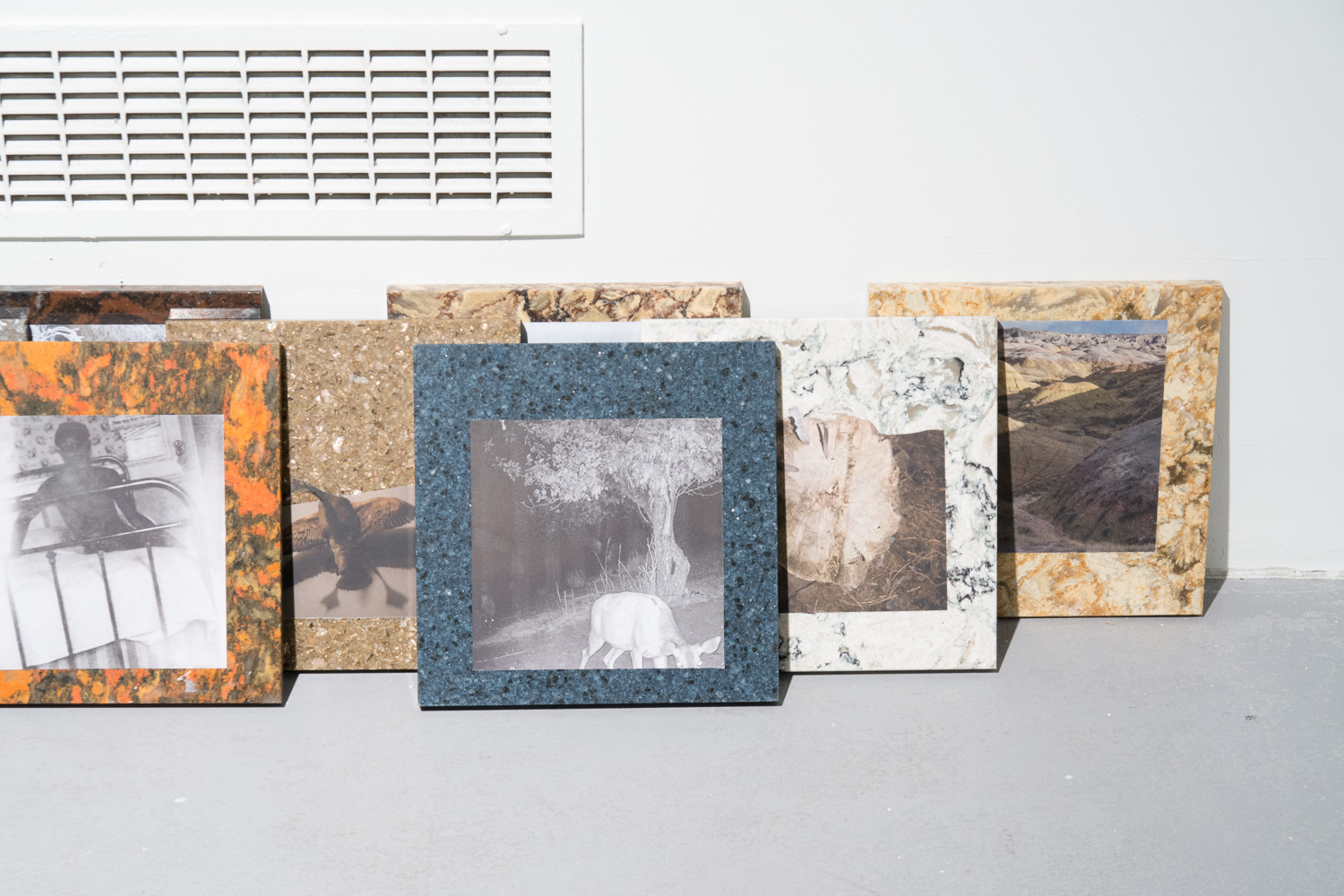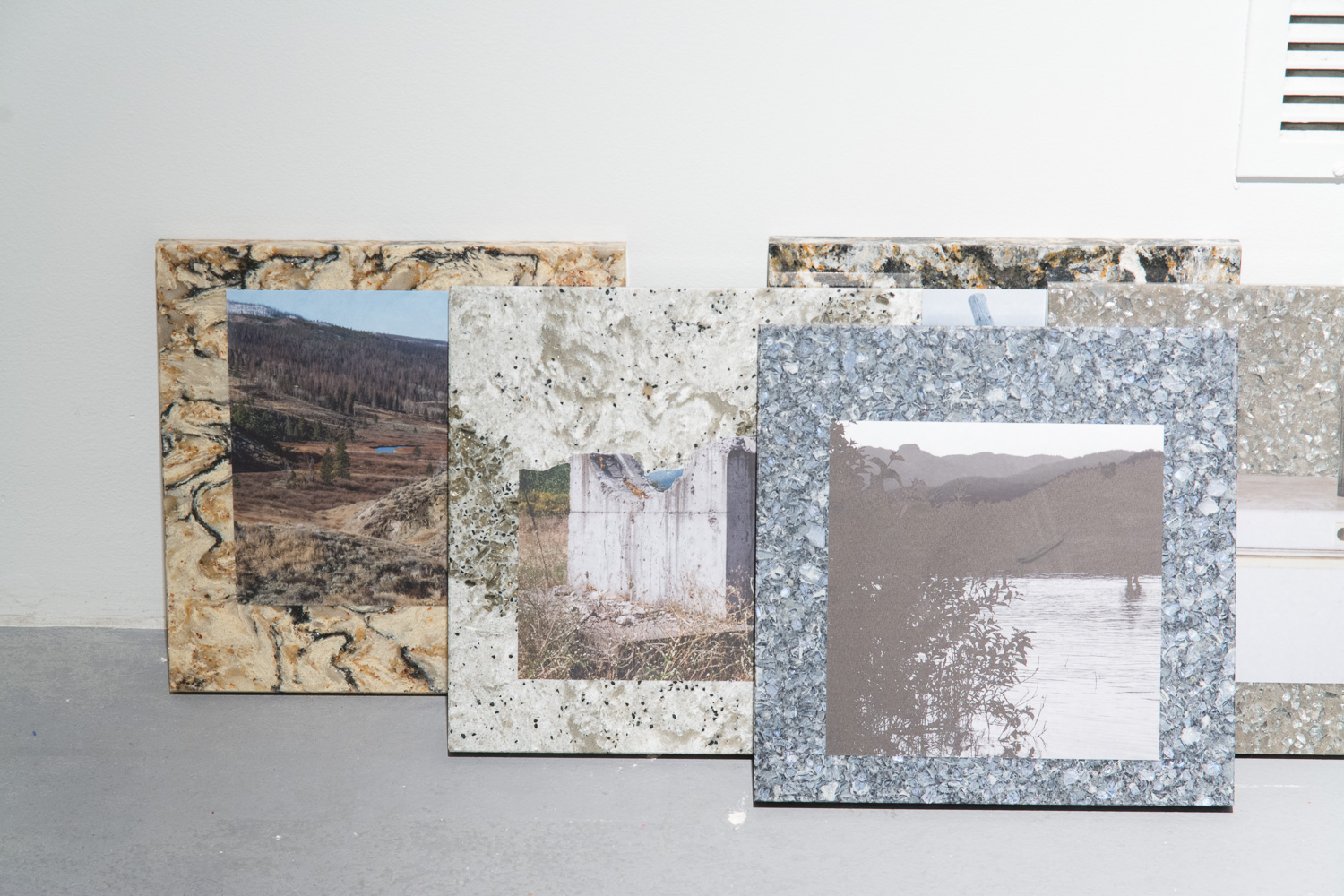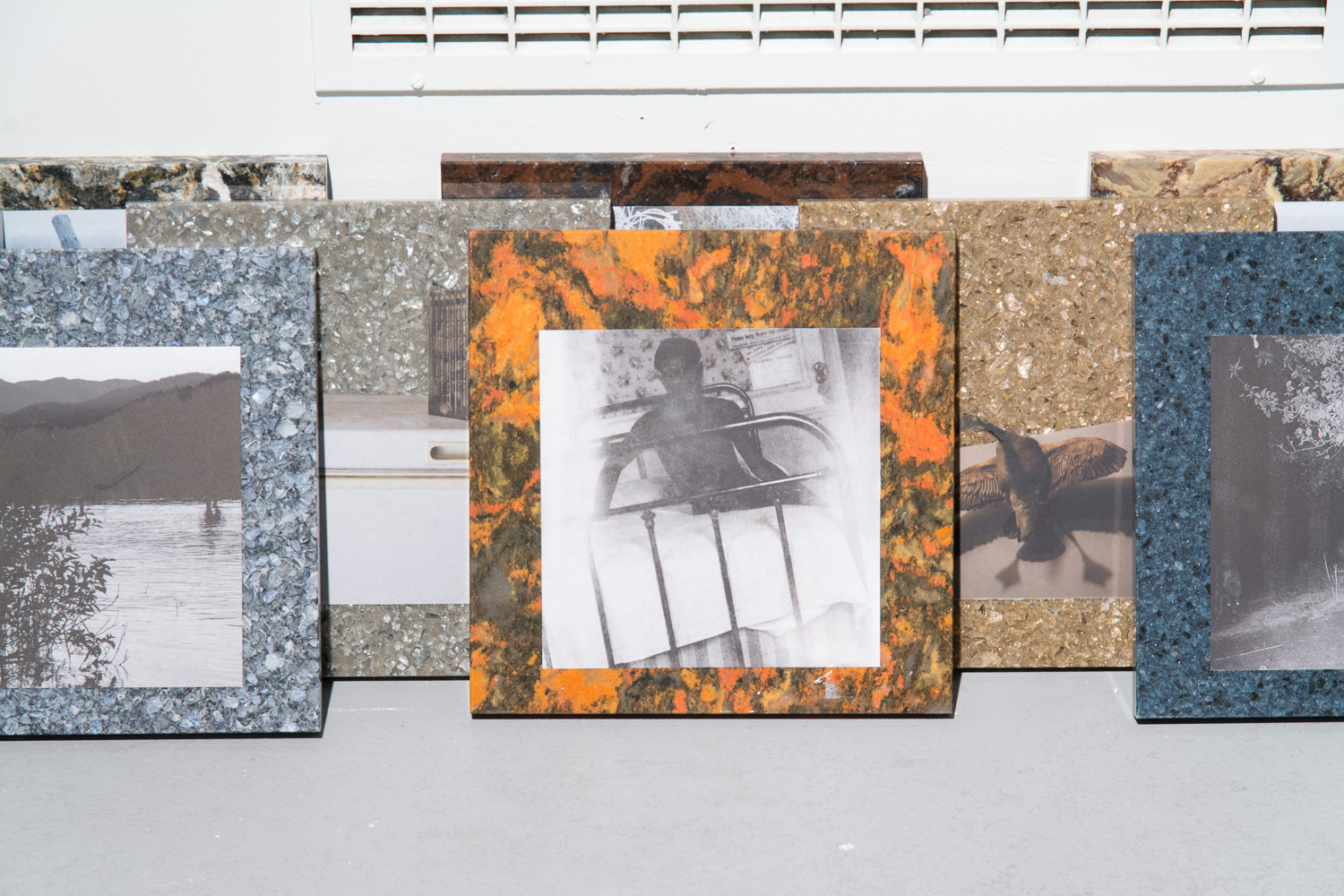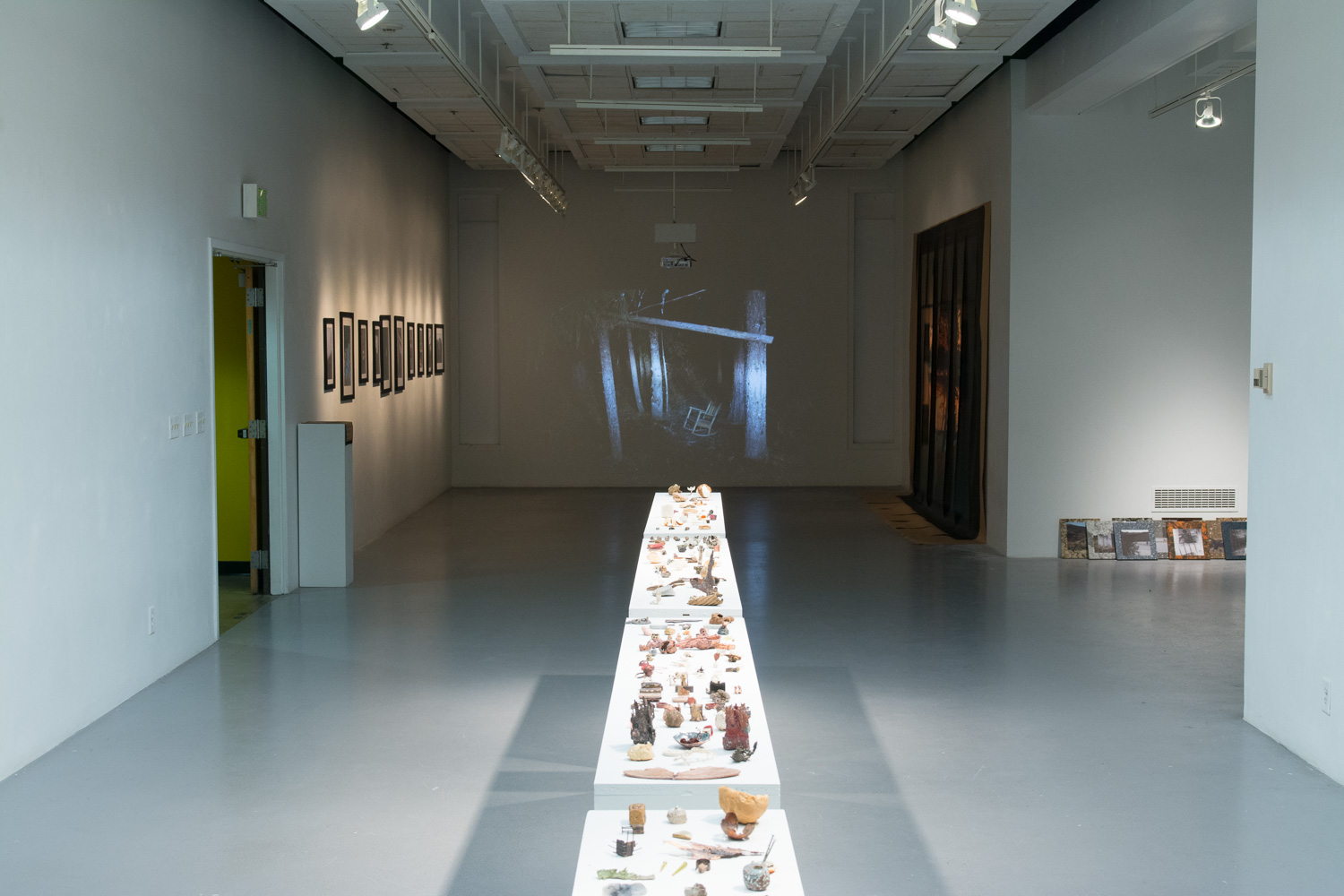Fixed Tracts
Fixed: “fikst”
Adjective
fastened securely in position.
situated with regard to.
Tract: “trakt”
Noun
an area of indefinite extent, typically a large one.
a major passage in the body, large bundle of nerve fibers, or other continuous elongated anatomical structure or region.
When I was allowed to see my father again, I found him healing in the damp forests of the Pacific Northwest. They would meet and exchange my brother and I half-way, in Madras (which my father would always remind us wasn’t even close to half-way). His cabin was an unfinished hideout on the shore of Northwestern Lake, in southern Washington. There were no ‘rooms’ but there was a wood fired hot-tub, tomahawks we threw in trees, and a vegetable garden growing in a floatless drift boat.
I found a stash of vintage Playboy’s from the previous owner in the shed outback. Pre-pubescent excitement turned horror. The soft flesh of the women and men between the pages were being devoured by an orgy of insects.
After his wedding, a powerful storm forced my father and our new family from that place. Luckily, our redneck insurance policy, a dusty lot with a trailer, had been put in place a few months prior. We had planned to build a house here, but never planned to do it in desperation. Our family piled into the trailer, living there for half a year as construction on our new house ensued.
"One of the first memories that I have of the trailer was about three months before we moved into it semi-permanently in February. Because the cabin we were living in was outside of the school district, the school bus would drop us off at our property every afternoon and we would wait for our parents to pick us up in the early evening. At that point, we had no electricity or running water on the property. We only had the trailer, snacks from lunch, a construction site port-a-potty, and two small "emergency" tea candles. There was one evening, in about November, when the sun was beginning to set earlier. We waited until about 8pm for our parents picked us up. I remember my sister and I had finished our homework and were trying to play cards, specifically Gin Rummy, in the dark, with only the small tea candles for light and warmth. Finally, our dad picked us up after an extremely busy day at work and I was so thankful that we could finally go home. It was amazing that in the moment, I felt like my sister and I were "surviving" in the trailer. I would have never dreamed that come February, I would be living trailer life (thankfully with electricity and running water) for the next seven months."(Elizabeth Vogt, Trailer Memories (n.p, 2018))
Working on the house for brief periods alongside my father, I began to feel a strong sense of pride and connection both with the structure and my father. New connections built. But there was something crucial that was lost in the construction of this house. Old connections severed. When the house was finished it stood as an impressive fortress in the forest; beautiful, but strange in comparison to the cabin (and especially to the trailer). Here we had new kinds of ‘rooms’. The one that really got to me was the ‘mud’ room (a misnomer, since it had to be immaculate at all times). It created a new and highly-policed threshold between inside/outside, clean/dirty.
I was told not to bring sticks into the house.
Piles of ‘outside’ left on the porch.
We even have ‘inside dogs’ and ‘outside dogs.’
There was always a peculiar conflict in this constructed environment between ‘home’ and ‘nature’. My father is a contractor by trade and his company focuses on sustainable and earth-based interior finishes. His sense of design, to which I credit my obsession over this in/out dilema, has always resulted in spaces that confuse the traditoinal borders between interior and exterior. Our walls are covered with a breathable clay plaster, and logs from the Columbia River form exposed support beams. It is beautiful and inspiring certainly; but I could never shake the feeling that it had all been sanitized by the ‘mudroom’ which turned everything that passed through it into ‘decoration’.
I spent a few months sleeping in a tent in the backyard.
Shamelessly longing for the familiarity of my mother in the mystery of this place, I packed my bags and receded east. Back where the difference between dry and wet is easier to define, but the various estrangements that I felt in the period of my life described above never left me. The various pieces in Fixed Tracts are intended to tear holes in the thin plastic which separates domesticity from exoticism, living from camping, culture from nature, history from myth. How are our lives and histories constructed, maintained and ultimately archived within rings of trees?
The Other Way Around
“Linoleum buckles on countertops, and unseasoned lumber twists walls out of plumb before the first occupants arrive. Visible out picture windows, however, are fragments of open sky and log views that obscurely make radiant even what frightens us.” (Robert Adams, The New West (Colorado Associated University Press, 1974) 35)
This photo book takes place in between the Gifford Pinchot forest in SW Washington and a domestic site which has been carved from its trees. The photographs and collages in it challenge the common segmentation of a forest by its practical and aesthetic uses. Gifford Pinchot, the first chief of the United States Forest Service, has left a heavy legacy through his idea that “World-wide practice of Conservation and the fair and continued access by all nations to the resources they need are the two indispensable foundations of continuous plenty and of permanent peace.”(Pinchot, Gifford. Breaking New Ground. (New York: Harcourt Brace, 1947) p2) This idea is based on an assumption of the separateness of our bodies from the land that makes them. It views the land as a resource and the human as a beneficiary, even in the more altruistic efforts to ‘protect’ the forest from humans, there is always an implied superiority and outlook of exploitation.
The Other Way Around proposes a different way of looking at and valuing our world, It is a collection of photographs, collages and stories that go against the grain of ‘nature’ or even ‘natural’ photography. I am not naive enough to think that this new vision of ‘nature’ is not founded in the very principles established by Gifford Pinchot, but I am naive enough to think that new principles can eventually be established by reexamining our relationship to the land. It is no easy task but John Szarkowski offers a lot in writing that, “as a step in the right direction, we might try to think of ourselves not as rapists of the landscape, but as its clumsy and naive lovers.” (John Szarkowski, Robert Adams Forward (n.p, 1974))
Centrivisions
A Centrivision is an invented response to the television, and the calcification of cultural narratives for which it is responsible. In opposition to the television, which seeks to spread singular, commonly understood narratives to a wide audience, a centrivision seeks to connect on a more individual level. It is a subversion not only of the way that stories are carried, but of their meanings.
The Centrivision is composed of several slabs of quartz, which provide support for the photographs that are printed on their faces. These photographs are a collection of both made and found photographs from around the region where the centrivision is eventually placed. The slabs are placed in a styrofoam cooler. The styrofoam provides a disgusting level of protection for the cetrivision while implying a value in stories told through objects and experiences.
The stones can be handled, and encourage their discoverers to think of them more as important objects, decipherable plaques. The stones also function as a haphazard representation of geological time, which suggests that the narratives that are created by their viewers are not bound to a specific time.
The Centrivision is taken into the wilderness, to live as a casual treasure, waiting to be stumbled upon and given new meaning to. The italian photographer Luigi Ghirri once wrote “Not only are the woods the ultimate habitat of fable and mystery, but it's also the place where, in these stories, a path might be found.”(Luigi Ghirri, The land of Toys: Luigi Ghirri, the Complete Essays (MACK, 2016) p47) The practical weight of the combine stone slabs makes the Centrivision difficult to move, effectively establishing a new kind of historical marker; a discovery place rather than channel.
Chase England / June 12, 2018

